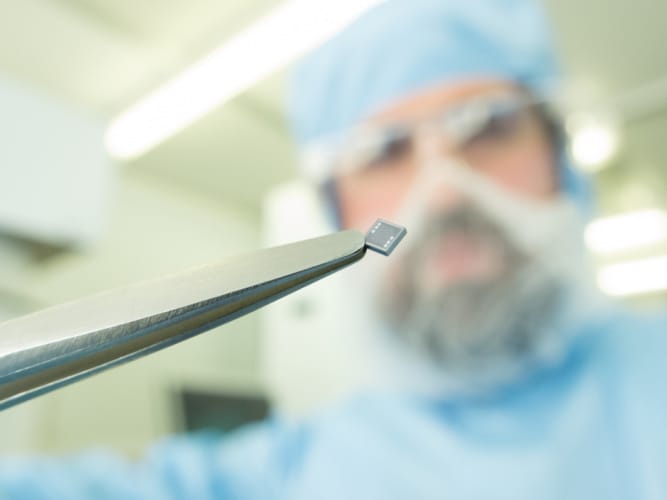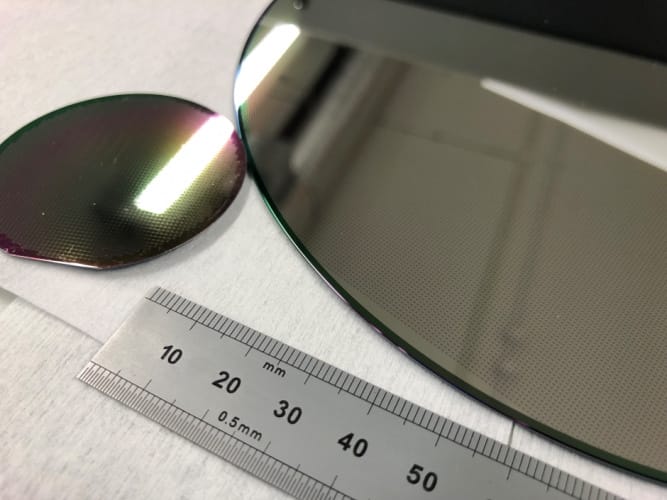
Facial recognition software is increasingly being used on smartphones such as the iPhone X for security and payment purposes.
The technology, which is based on a 3D camera chip known as an infra-red vertical cavity surface emitting laser (VCSEL), is expected to be used on one billion smartphones within the next two years.
However, the technique typically used to produce these cameras is inaccurate, resulting in around 50 per cent of the chips being discarded. This significantly adds to their cost.
Now Sorex Sensors, a spin-out from Cambridge University, has developed a new sensor for use in the production process, which it claims is 1000 times more accurate than existing sensors.
The FBAR (Film Bulk Acoustic Resonator) sensor, which will be launched this autumn, can help to improve the production process, significantly improving yields, according to CEO Michael LeGoff.
“Manufacturers are currently throwing half their material away, so if they can find a way to improve their yield, the economics are compelling,” he said.

To build complex compound semiconductors such as Gallium Arsenide (GaAs) VCSELs, atomic layers of material are rained down onto a silicon wafer substrate under extreme temperatures and pressure within a chamber.
Within this chamber is a sensor to measure the material, ensuring it is deposited equally over the substrate and at the correct rate.
However, the existing sensor used for this measurement, a quartz crystal microbalance, is not particularly accurate. So tool operators are forced to make educated assumptions about when to shut off the materials, and when to change temperatures and pressure.
“An atomic level understanding of what is going on throughout the process is critical to the performance of the device,” said LeGoff.
The much higher accuracy of the FBAR sensor, in contrast, means it can be used to measure the deposition rates directly, said LeGoff.
The FBAR sensors, which are fabricated on a silicon wafer, consist of a thin film of resonating piezoelectric material. When a mass is attached to the surface it changes the resonant frequency, providing an extremely accurate measurement of the amount of mass on the sensor.
“Our sensor is much smaller [than a quartz crystal microbalance],and operates at much higher frequencies of between 2GHz and 2.6GHz,” LeGoff said. “So any tiny mass that lands on it has an immediate effect on its resonant frequency.”




Project to investigate hybrid approach to titanium manufacturing
What is this a hybrid of? Superplastic forming tends to be performed slowly as otherwise the behaviour is the hot creep that typifies hot...